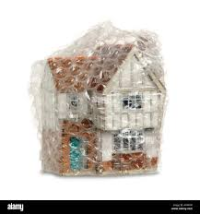Yikes
SAWHORSE
I need an accessible edge-mounted pull for kitchen cabinets and drawers where the edge of the door is already close to either the 15" min. or 46" max reach range.
I've seen the pull below on various websites, but it doesn't describe the dimensions of the cutout opening.
What are the minimum dimension of "X" and "Y" below such that you would consider it to be accessible - - that is, not requiring tight grasping, pinching or twisting of the wrist? Not requiring fingers?

I've seen the pull below on various websites, but it doesn't describe the dimensions of the cutout opening.
What are the minimum dimension of "X" and "Y" below such that you would consider it to be accessible - - that is, not requiring tight grasping, pinching or twisting of the wrist? Not requiring fingers?


